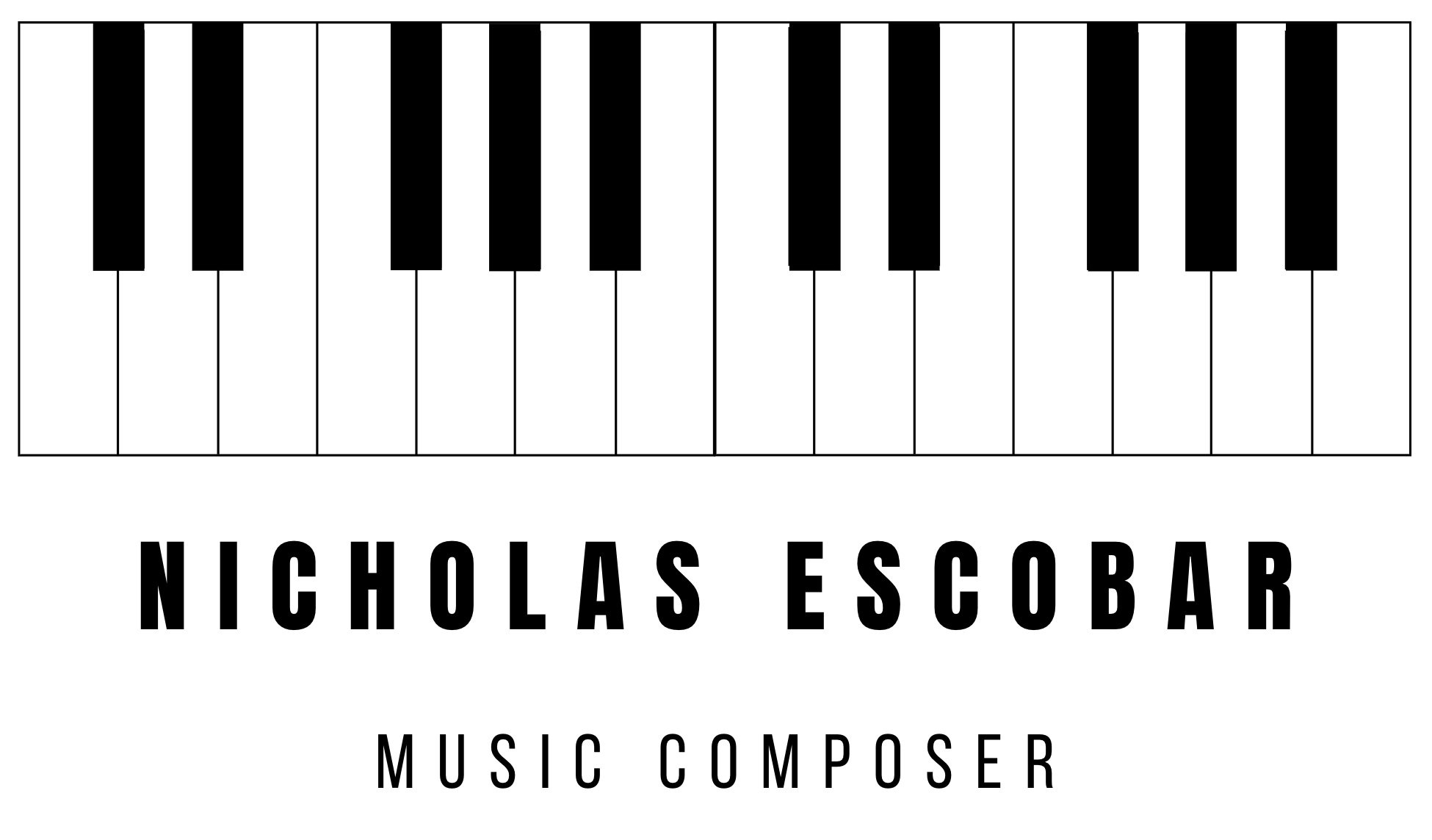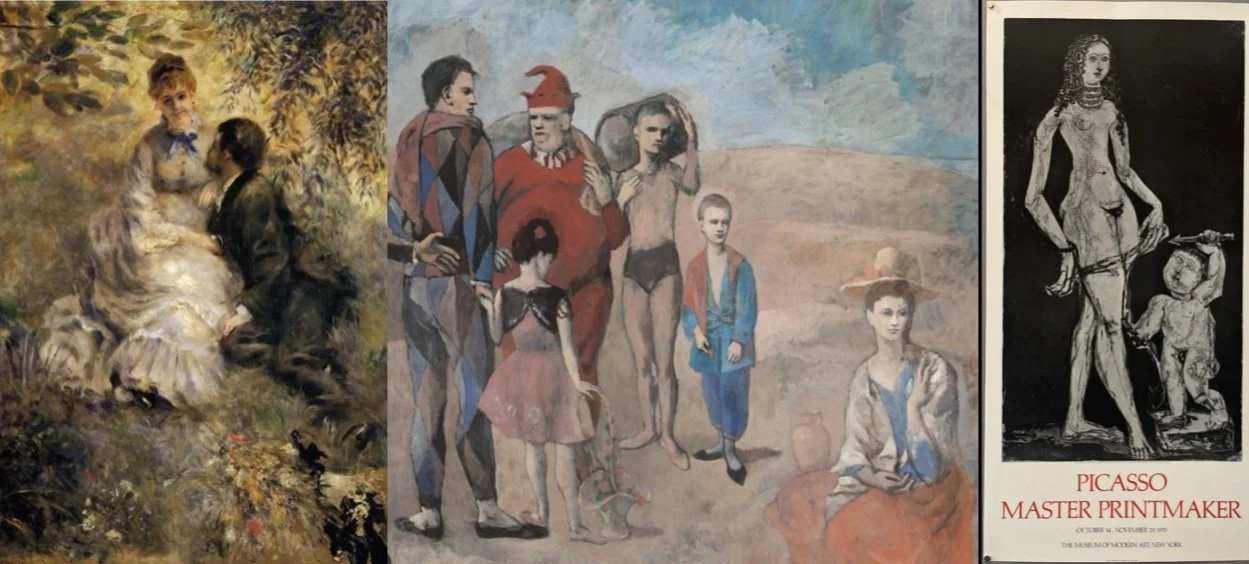Film Essay: The Art in "Notting Hill"
“Notting Hill” (1999) is one of my favorite films. There is something about Hugh Grant’s pitch perfect performance, Julia Roberts’ measured and endearing Anna Scott, a brilliant supporting cast (Rhys Ifans is hysterical) and a top notch screenplay by Richard Curtis that just makes this film irresistible. One of my family’s favorite scenes involves Hugh Grant posing as a reporter from “Horse & Hound” magazine to be able to speak to Julia Roberts during a press tour for her film. If you haven’t seen “Notting Hill” or haven’t thought of a re-watch, definitely check it out.
Keeping with my theme of spotting paintings in movies and analyzing their significance to the plot, let’s dive into this gem of a film. William Thacker is the owner of a travel book shop and, by the wall decorations in his apartment, is deeply interested in art and history.
“The Gardener Vallier”, Paul Cézanne (1906)
The most amount of artworks seem to be congregated in the stairwells of William and Spike’s flat. This wonderful Cézanne graces the beginning of one of the stairwells. The 1906 painting of a contemplating gardener currently is in the Tate Modern in London. It would make sense then that William picked up this poster while visiting it at the Tate Britain (the Tate Modern didn’t open until 2000). Just a quick Tube ride away from Notting Hill.
Instinctually, I would say that this figure resembles William’s flatmate Spike (and, incidentally, Rhys Ifans). They have a similar frame, facial hair and I could definitely see Spike wearing that hat. Maybe William thought the same when he purchased the poster?
“Cossacks”, Vasily Kandinsky (1910-11)
On the stairwell leading up to a sitting area, a 1992 Tate Gallery London poster is tacked to the wall. This is a terrific Kandinsky painting that depicts the Russian cavalrymen in battle.
In the shot where this poster is most visible, Spike has a shirt on that features an arrow going through a heart. The Kandinsky painting coincidentally includes arrows as well. Visually, I feel it represents Spike’s personality: bright and happy and a bit chaotic/all over the place. That’s Spike alright.
“Room in Brooklyn”, Edward Hopper (1932), “Peace, Burial at Sea”, Joseph Mallard William Turner (1842) and “Family Group”, Henry Moore (1949)
As William quickly descends the staircase, we catch a brief glimpse of a Hopper and a Turner. It is significant that one artist (Hopper) is American and one (Turner) is British. It is also significant that the Hopper is housed at the Museum of Fine Arts in Boston while the Turner is at the Tate Britain. This entire film is about a relationship between an Englishman and an American woman. It therefore is not surprising that William has displayed both American and British art on his walls.
Both of these works are melancholy. The Hopper, as Hoppers tend to do, depicts a woman alone in her apartment in New York City. The Turner evocatively recounts the sea burial of the Scottish painter David Wilkie in the Bay of Gibraltar. How intriguing that these two works caught William’s eye. I feel that he is quite lonely at the beginning of this film. Take this bit of narration:
“So this is where I spend my days and years -- in this small village in the middle of a city -- in a house with a blue door that my wife and I bought together... before she left me for a man who looked like Harrison Ford, only even handsomer...”
He later describes his current existence as a “strange half-life”. Perhaps he feels like the woman in the Hopper painting, alone in contemplation. Or maybe he feels like the idealized future that he pictured for himself was buried at sea, and he is left to figure out what to do next.
Additionally, the Henry Moore sculpture “Family Group” is a fascinating addition to this ensemble. Moore was an English artist. The original bronze of this work was cast into an addition of 4, one of which resides at MOMA in New York City. This casting, presumably, is the one now at the Tate Modern (in 1999 it would have been at the Tate Britain). There are two important things to note here: One is that this work once again connects England and the United States. The other is that it represents a family, something that perhaps William craves to have again.
“La Mariée”, Marc Chagall (1950) and “Guitar and Glass”, Juan Gris (1913)
The Chagall is the most prominent and remembered work of art that appeared in Notting Hill because it is an important plot point. This is the exchange that William and Anna have over the poster:
ANNA: I can't believe you have that picture on your wall.
It is a poster of a Chagall painting of a floating wedding couple, with a goat as company.
WILLIAM: You like Chagall?
ANNA: I do. It feels like how being in love should be. Floating through a dark blue sky.
WILLIAM: With a goat playing a violin.
ANNA: Yes -- happiness wouldn't be happiness without a violin-playing goat.
The painting itself does indeed have a goat playing a string instrument (probably a cello) during what appears to be a wedding ceremony (the title Mariée means “bride” in French). It has a wonderful surrealistic haze that is present throughout Chagall’s works. I especially love the fish in the upper right hand corner.
In an interview with Entertainment Weekly, the director Roger Michell said that screenwriter Richard Curtis was a fan of Chagall’s work and said that this painting in particular “depicts a yearning for something that’s lost”. Indeed, if you look closely the woman doesn’t appear to be happy. Her face is nearly expressionless as a ghost-like figure embraces her awkwardly. Anna sympathizes with this woman who is surrounded by chaos because she too is knee deep in the world of fame and celebrity. Also, it is important to note the presence of the color blue in the work and how that relates to William’s door to his flat (which is bright blue).
William chose to hang the Chagall right next to a small work by Juan Gris titled “Guitar and Glass”. This work is at the Art Institute in Chicago (so it resides in America like Anna). It is fractured and abstract. Making the normal and mundane suddenly extraordinary. It connects nicely with the idea that when Anna enters William’s life, his world is turned upside down. It is abstracted as if being seen through an angled piece of glass. His small, safe existence is suddenly placed into turmoil.
“Woman Seated in Underground”, Henry Moore (1941) and the Doge’s Palace in Venice.
This is a blink-and-you’ll-miss it shot, but I just have to point it out. To the left of Anna, you can see three photographs tacked to the wall. These are of the Doge’s Palace in Venice. My family and I were just there in late December, early January. I recognized that one of the photos depicted the symbol of St Mark’s (the winged lion). The Doge’s Palace is located near St. Mark’s Square in the center of the city. Presumably, William visited Venice and took these photographs (he does own a travel bookshop afterall).
In the reflection in the mirror, you can see a poster of :”Woman Seated in the Underground” by Henry Moore. I have already detailed one Moore work (a sculpture). This is an ink, goache, crayon and ink work. The work in the film is a 1985 Tate Gallery print for an exhibition that William probably attended. I’m intrigued by the connection between this painting and the Chagall, as they both depict lonely, melancholy woman. I think they both connect and illuminate Anna’s character.
Conclusions
The way a person decorates their home is a window into their soul. For Hugh Grant’s character in Notting Hill, we see a person fascinated by multiple different movements of art. He gravitates towards more melancholy scenes. People alone. In contemplation. But, he also likes Kandinsky’s fiery fury and Moore’s gentle sculptures. From his decorations, I see a person yearning for connection. Looking to experience excitement again. And that’s exactly what happens when he meets Anna.




















